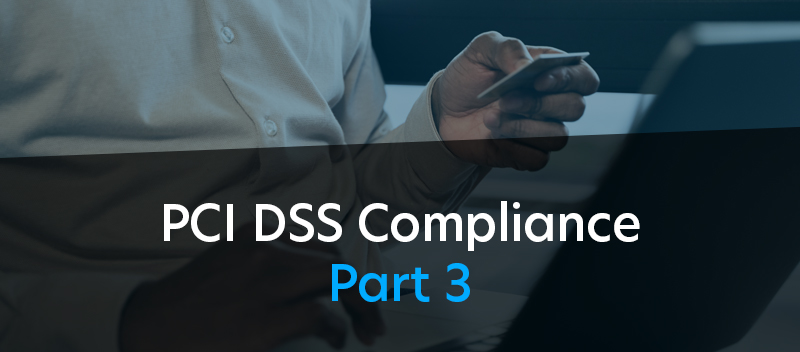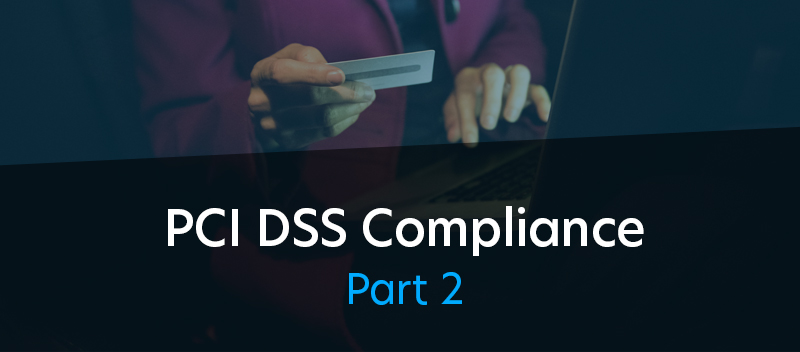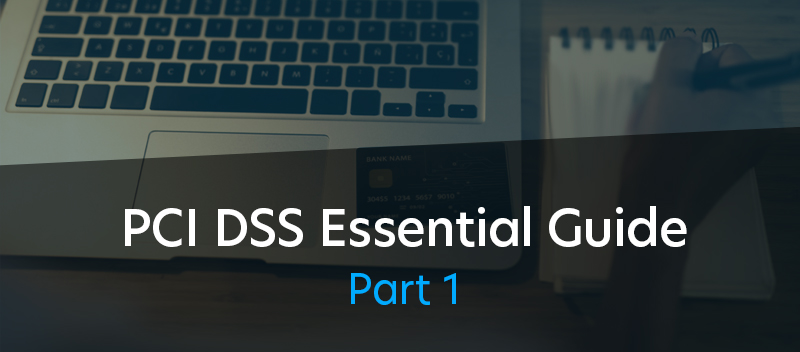Enhancing Security through Adaptive Multi-Factor Authentication: A TrustNet Perspective

Understanding Adaptive Multi-Factor Authentication
Adaptive Multi-Factor Authentication is a sophisticated evolution of the conventional Multi-Factor Authentication (MFA) model. While MFA mandates the use of multiple authentication factors for every access attempt, AMFA introduces a layer of intelligence by dynamically adjusting the authentication requirements based on contextual factors and risk assessments.
Contextual Factors and Risk Assessment
AMFA considers a multitude of contextual factors during the authentication process. These include user behavior, device characteristics, location, time of access, and the sensitivity of the resource being accessed. By leveraging advanced risk analysis algorithms, the system evaluates these factors and assigns a risk score to each authentication attempt. This risk score becomes instrumental in determining the appropriate level of authentication needed.
Adaptive Authentication in Action
The adaptability of AMFA shines through in its response to varying risk levels. For instance, if a user attempts to access a routine system from a familiar device, during regular working hours, and from a known location, the risk score may be deemed low. In such cases, the system might only request a single authentication factor, such as a password.
Conversely, if the access attempt originates from an unfamiliar device, at an unusual time, and from a geographically distant location, the risk score would be elevated, triggering the need for additional authentication factors, such as a biometric scan or a one-time passcode.
Benefits of Adaptive Multi-Factor Authentication
Enhanced Security: The dynamic nature of AMFA ensures that the authentication mechanism adapts to the specific risk profile of each access attempt. This significantly reduces the likelihood of unauthorized access, providing a robust defense against potential security breaches.
Improved User Experience: Unlike rigid authentication methods, AMFA strikes a balance between security and user experience. Legitimate users are spared unnecessary authentication hurdles when accessing routine systems, while heightened security measures are seamlessly activated in response to elevated risk scenarios.
Real-time Risk Mitigation: By continuously monitoring contextual factors and recalculating risk scores, AMFA enables organizations to respond swiftly to emerging threats. This real-time risk mitigation capability is instrumental in preventing unauthorized access attempts before they can compromise sensitive information.
In the pursuit of strengthening cybersecurity measures, Adaptive Multi-Factor Authentication (AMFA) stands out as an evolving innovative solution. Its capacity to adjust authentication criteria in real-time, considering contextual variables and risk assessments, offers a precise and efficient method for user authentication. The adoption of AMFA allows organizations to reinforce their security defenses, effectively countering cyber threats in an environment where adaptability is crucial for preserving the integrity of digital ecosystems.




